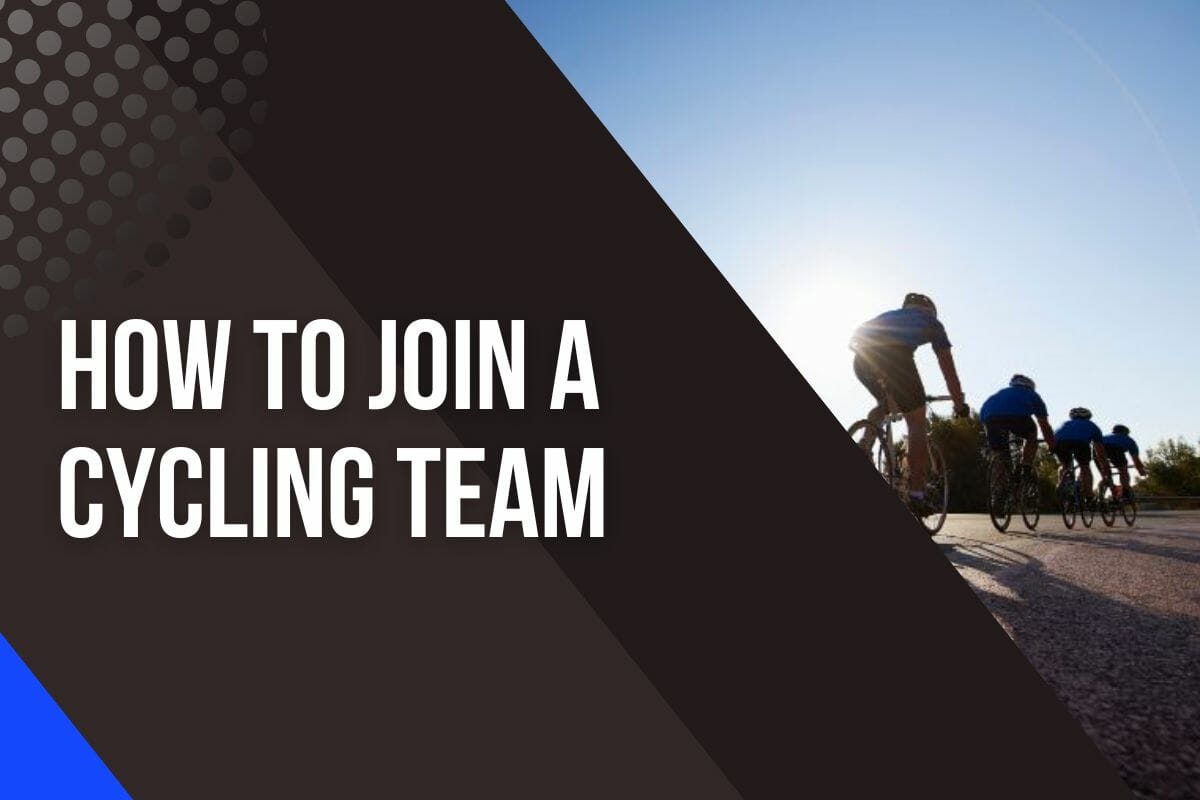What Is KOM Cycling? 18 Winning Tips To Crush The Competition

The KOM cycling challenge is an activity that has been growing in popularity over the last few years.
It’s an adrenaline-filled competition, which tests cyclists’ endurance and skill on some of the toughest terrains around the world.
But what exactly is it? This article will explain all you need to know about KOM cycling.
KOM stands for King (or Queen) of the Mountains, the title for those who can climb difficult terrain with speed and agility.
For many cyclists, this challenge presents them with their greatest test – one they must be prepared to take on if they want to reach their full potential.
With our 18 winning tips for taking this challenge, you can get an edge on the competition and achieve that coveted King of the Mountain title.
Are you ready? Let’s get started.
What Is KOM Cycling And What Does It Have To Do With Strava?
KOM Cycling is a term used to describe the concept of competing for King Of The Mountain (KOM) segments on Strava, an online cycling platform with social network features.
This challenge is probably the sole reason that makes Strava so popular.
Strava users are able to track their rides with the help of GPS or even connect bike computers such as Garmin and then compare themselves against other riders who have ridden the same routes or segments.
Strava’s segment function is an incredibly popular feature, as it allows you to race against each other on sections of their rides.
You can create a timed course, usually on hills, in order to challenge others or practice for races.
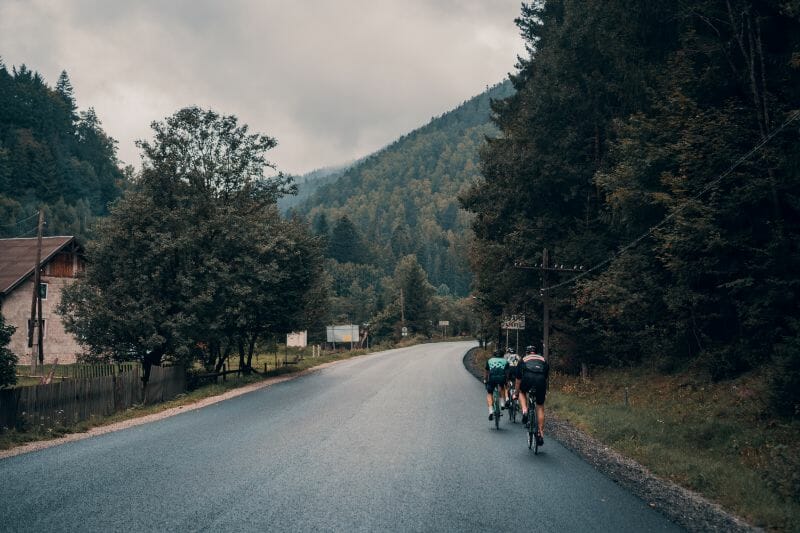
When you ride a segment that has been created, Strava will automatically allocate your time and post your effort in the relevant league table.
This leaderboard is topped with what is referred to as a KOM (King of the Mountain) or QOM (Queen of the Mountain), which are awarded based on who achieved the best time.
Gravel bikes are increasingly becoming popular amongst serious cyclists looking to beat KOMs with sales jumping over 109 percent from 2019 to 2021 alone, according to the New York Times. (1)
The lighter version of Gravel bikes is built for speed while still providing stability when cornering at high speeds, thanks to wider tires and handlebars which give more control over direction and momentum.
18 Tips For Taking A Strava Kom
Dropping the hammer and going for a Strava KOM is an exciting experience.
It can be nerve-wracking, too: you need to have your game face on and concentrate if you want to take it home.
But with a few tips under your belt, you’ll be ready to put the pedal to the metal – so let’s get into it!
1. Find The Right Segment Based On Your Past Rides Record
Once you’ve settled into a regular routine of using Strava, you’ll undoubtedly have your eye on certain segments.
By getting to know the roads, hills, and trails in your area, you’ll be able to easily identify which ones are best suited to your current level of cycling ability.
However, even the keenest of riders often overlook the huge range of segments that are available out there.
One of the best ways to start is by looking through the list of segments you have already completed when you review past activities on Strava.
You will be able to see how your times are stacked up against others and if you earned yourself a spot in the top ten.
After each session, I take some time to evaluate my ride and look for areas where I could have done better.
2. Leverage Strava’s Segment Explorer
Strava’s Segment Explorer is the perfect tool for someone looking to explore popular running and cycling routes in their area.
The best part about Segment Explorer is that if you don’t have any activities logged with Strava yet it will still provide useful data – allowing even brand-new users to get out there and start exploring new trails.
It allows you to search for various segments based on location and then view details about them, such as the distance, elevation gain/loss, and most importantly, the current Strava KOM (King of the Mountain) time.
This makes it extremely helpful in judging the difficulty of each segment before attempting them.
As well as helping you find new routes or stay motivated by setting goals on existing ones, Segment Explorer also has a wealth of features that make searching and filtering your results easier than ever.
You can sort by popularity and elevation gain. You can also use the heatmap feature to see where people ride most often and get an idea of what surfaces are popular.
3. Play To Your Strengths
No two cycling segments are created equal. The terrain, length, and gradient of the segment can all factor into your success when attempting a Strava KOM.
But beyond that, you must also consider how your own strengths and abilities serve you in your pursuit of cycling glory.
You should choose the segment that suits your cycling style: sprinter, climber, time triallist, etc.
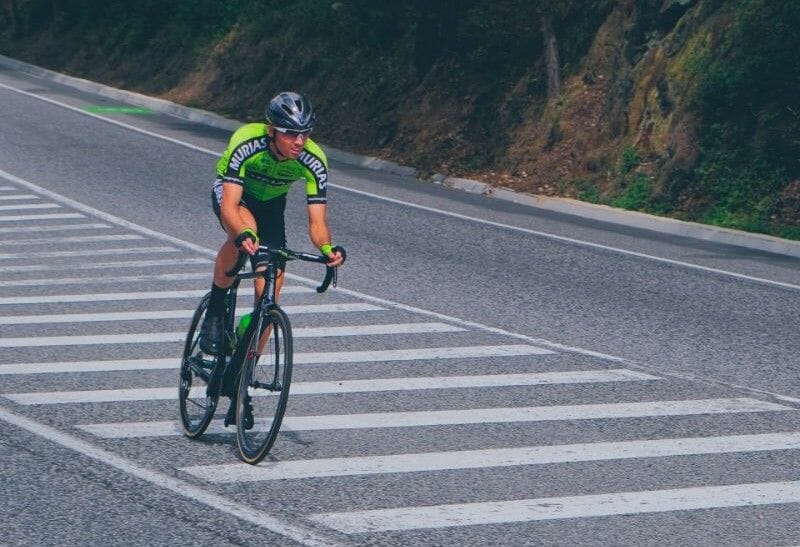
Personally, I’m best suited to short, steep segments; those that require quick explosive energy.
By maximizing my climbing skills and revving up my power output, I can usually take home the crown on these types of routes.
To go for a KOM on this type of track I’ll need to make sure my warm-up is optimized and be prepared to let out all the stops for the duration of the ride.
Obviously, there are other styles of riding where I may not do as well but by playing to my strengths, I have found success time and time again.
4. Remember Where The Segment Starts And Finishes
To be successful at claiming KOM, you must have knowledge of your surroundings and know where each segment starts and finishes.
Here are some tips for remembering your route:
- Map out your route ahead of time – Planning your route beforehand will give you peace of mind when it comes to navigating the course on race day. Make sure to note any tricky turns or obstacles before setting off so that you don’t get lost along the way.
- Take pictures as reference points – Taking photos during training rides can help you orient yourself during the actual event if needed. This also allows you to double-check landmarks from different angles which may make them easier to spot on race day.
- Visit the same area multiple times – If possible, try visiting the area several times before the event so that its features become more familiar and recognizable while racing. Familiarity with the terrain can be extremely useful when attempting to remember what part of the course comes next.
- Memorize specific sections – Focus on memorizing particularly difficult sections such as tight switchbacks or steep climbs/descents instead of trying to keep track of every turn throughout the entire ride; this approach simplifies navigation significantly without compromising accuracy too much overall.
By following these tips, you should have no problem keeping track of your routes.
5. Get A Feel For The Segments
Now you have chosen your segment, it’s important to familiarize yourself with the route.
It’s essential to go out and ride the segment first to identify any obstacles, hazards, or trouble spots along the way.
Strava’s Route Builder is a great tool for achieving this – you can use it to find all sorts of details about the terrain and topography, giving you a chance to get a feel for what will be involved in completing these segments as quickly as possible.
When testing these segments, pay attention to factors such as road obstructions, traffic density, and difficult sections.
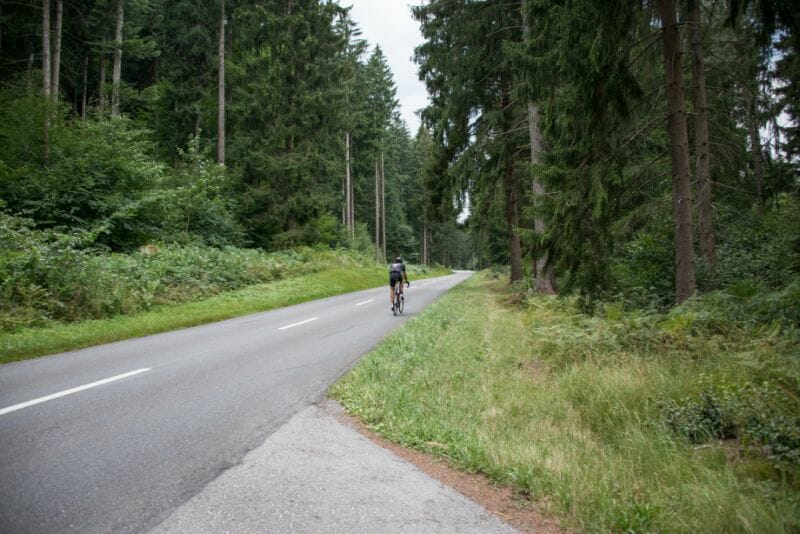
Identifying any difficulty areas ahead of time can really make all the difference when pushing your limits on the climb or sprint.
If something slows you down during an attempt, you’ll be right back at square one after trying again.
You should also note how far exactly each segment is so that you can properly practice pacing yourself and gauge how fast you’ll need to push yourself to get that coveted KOM badge.
6. Safety First
It pays to be mindful of the terrain when doing a King of Mountain Strava Challenge.
Be sure to know the course and any potential hazards that could put you in danger. Prioritize safety and don’t be reckless, especially with traffic signals and stop signs.
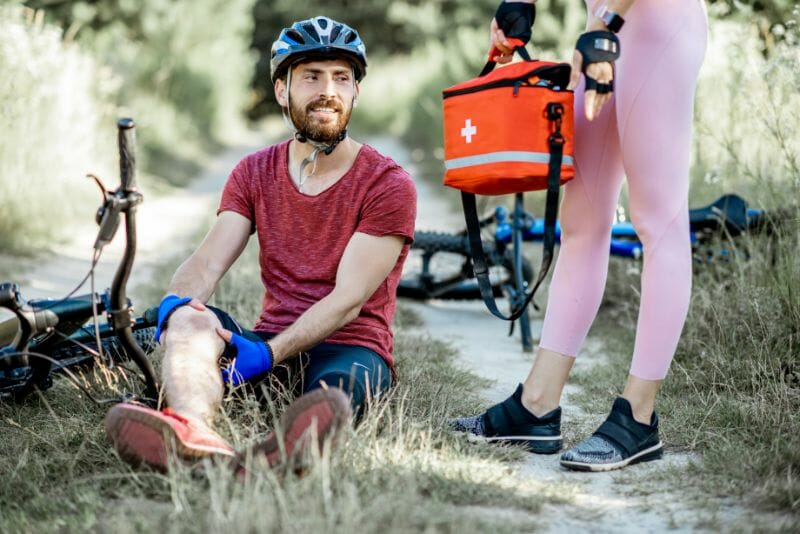
As mentioned above, if you are unfamiliar with the area, it’s best to take a few practice runs before attempting to conquer the challenge.
Also, it’s important to check the weather and make sure the conditions are suitable for the intended challenge.
7. Check Your Equipment And Gear
A thorough check of your bike’s components should be done to make sure everything is functioning properly.
This includes checking the brakes, gears, tires, and any other components that may need servicing.
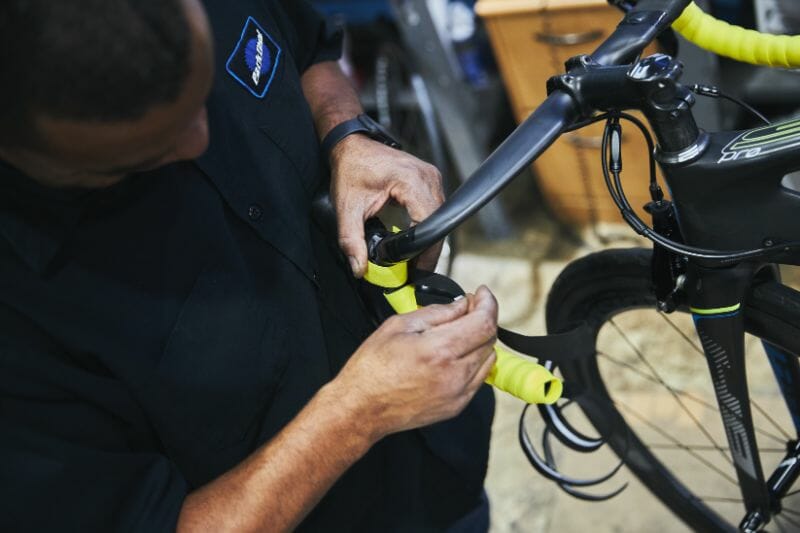
In addition, if you are using a mountain bike, it is important to make sure the suspension is set up properly for the terrain and conditions you will be riding in (check out our 18 must-know mountain biking tips).
It is also important to make sure you have the proper gear for your ride. This includes a helmet, water bottle, and any other items you may need for your ride.
8. Start On A High Note
Gaining a flying start is an essential tactic in cycling and can help you to get off to the best possible start when beginning a segment.
A good way of doing this is to focus on using vital landmarks to boost your cadence at the right moment.
For example, if you notice a turn coming up ahead of you that marks the beginning of the segment, pick up speed beforehand so that you enter it with increased momentum and vigor.
Doing this can give your ride an extra push in terms of speed and propel you through the segment faster than usual.
However, despite its potential benefits, it’s important to remember not to attempt this unless it’s safe.
You should never go into a segment blind at high speed as that could prove disastrous for both you and others on the road.
Be sure to observe all relevant traffic laws, assess risks closely and always be aware of your surroundings before attempting such a maneuver.
Allow plenty of space between yourself and cars ahead of you; keep an eye out for pedestrians, cyclists, and motorcyclists who may share the same path as you.
When used safely, though, getting off on the right foot by employing a flying start can be an extremely effective way of improving your overall performance.
7. Get Prepared And Well-Rested For The Big Day
When you’re setting off to tackle a difficult segment, it pays to be prepared. You need to ensure that your body is ready for the effort, both physically and mentally.
Starting the ride with a steady effort will help raise your heart rate and warm up your legs. Eating and hydrating correctly prior to the ride is also important, so avoid going out hungry or straight after a big breakfast.
It is advisable not to try and cram too many segment attacks into one ride either, as this may leave you exhausted and unable to provide adequate effort when attacking each segment.
Aiming for a 100 or 200-mile segment at the end of a long ride is frankly ridiculous, so try and manage expectations realistically before setting off in order to get the best from yourself.
8. Leverage Tailwind
Taking a KOM on windy days may help you. Check the estimated wind speed and direction of the area by looking at weather forecast websites such as BBC Weather.
You can then choose segments that have the same direction as the wind.
The presence of a tailwind makes riding more enjoyable and promotes faster speeds, but it also helps to save energy that would have been used fighting against a headwind.
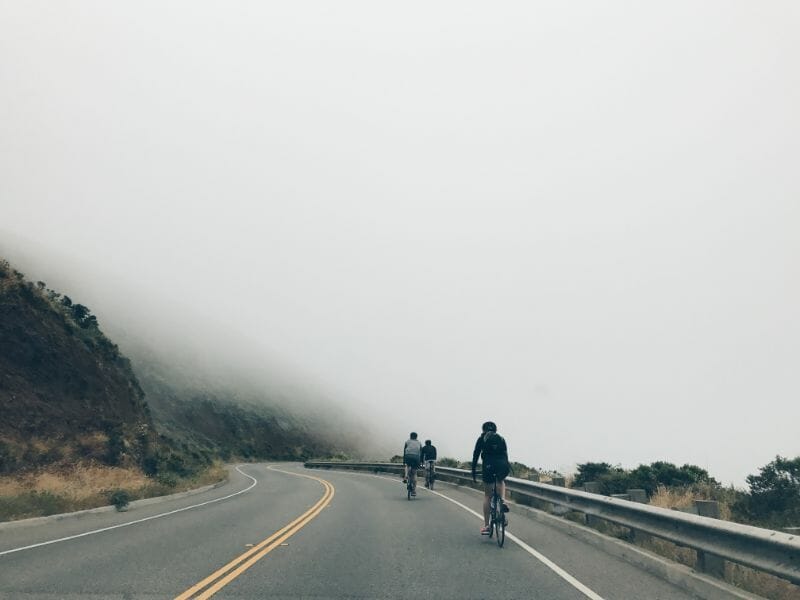
Taking advantage of wind direction increases average speed without extra effort from you or your bike.
Strava veterans will tell you that using a tailwind is not cheating, as it provides a much-needed respite from the relentless nature of cycling in windy conditions.
9. Get Properly Fueled And Hydrated Before (And During) The Ride
As a cyclist, I know that staying fueled and hydrated is essential for peak performance.
Whether I’m out on the road or tackling a challenging segment on the trails, I always make sure to keep my body supplied with energy and fluids.
Eating a good source of carbohydrates before you go out can help maintain blood glucose levels, provide you with sustained energy, and even prevent ‘bonking’ – that feeling you get when your energy stocks start to plummet, and your limbs feel heavy.
On short rides, I usually only take a bottle of water.
For longer rides, I carry two bottles of electrolyte drinks and additional snacks such as nuts or bananas.
Energy bars, trail mix, dried fruit, or other items that will provide energy throughout your ride are good options.
By taking these steps, you’ll be able to have more enjoyable rides without running out of steam too quickly.
10. Go Big Or Go Home
You can’t expect to get the Strava KOM if you are not willing to give it your all.
Completing a segment requires tremendous dedication, determination, and drive.
The mental resilience required to fight against adversity and keep going even in the face of difficulty is just as important as having physical capabilities.
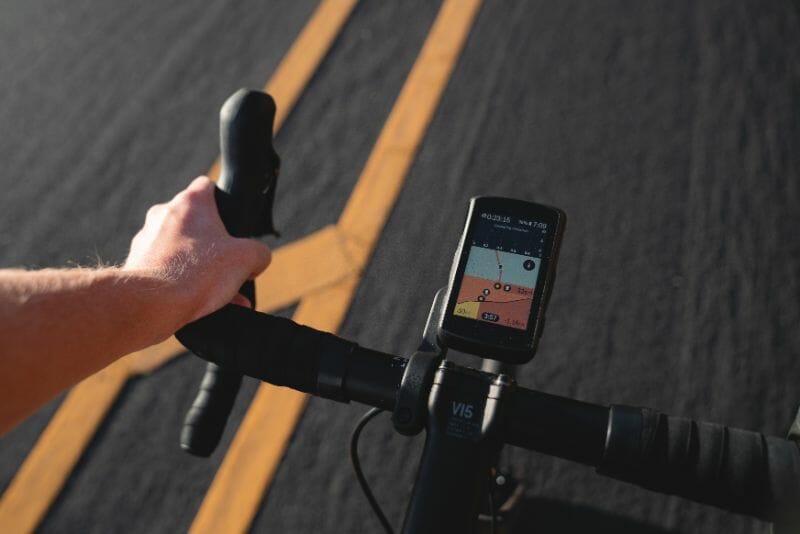
When going for a KOM, expect the unexpected and be prepared for anything; don’t let anything stand in your way of completing that segment and reaching peak performance.
No matter how hard it gets, never stop pushing yourself or succumb to exhaustion or fatigue; once you get that momentum rolling, only one thing stands between you and success – Yourself!
You will have plenty of moments where motivation might fail you, but take it in your stride, use it as fuel to push forward, and don’t give up.
11. Get Your Friends To Compete On The Road
Competing with friends is a great way to push yourself and stay motivated.
Whether you’re trying to get a PR on a mountain climb or win an informal race through the park, having friendly competition can help take your endeavors to the next level.
When it comes time to organize a competitive event, pick out a few friends who share similar goals and skill sets as you do.
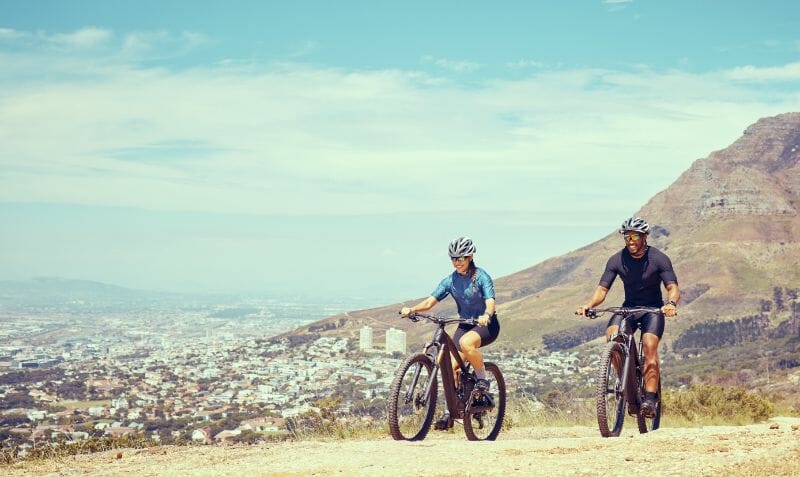
Set up a time trial course that challenges each person in their own way, so that everyone feels they have an equal opportunity at besting the current personal record.
Not only will this give you all something to strive for, but it’s quite satisfying once one of you takes home the KOM title.
Although there may be some disappointment when somebody takes your top spot, trust that within no time flat you’ll be back out there training hard and trying to beat them again!
12. Check The Weather Beforehand
When chasing down a KOM, the weather can be your best friend or your worst enemy.
Rain is the main issue when it comes to compromising your ability to achieve a KOM; poor visibility, slippery surfaces, and powerful gusts of wind all contribute to making conditions difficult.
Even if the temperature remains bearable during rain showers, it’s always best practice to keep an eye on any incoming storms or rumbles of thunder and have a backup plan ready just in case.

On the other hand, hot weather also tends to put a dampener on our spirits when trying to nab a KOM.
Not only does heat drain energy levels more quickly than in milder climates, but extreme temperatures can also be equally as dangerous as the rain when it comes to activities such as cycling.
If you’re planning on tackling a course with a particularly grueling ascent, even attempting so during peak season brings along the risk of exhaustion through dehydration or suffering from heatstroke.
Whether it’s sunny or stormy outside, make sure you’re aware of what conditions you’ll be facing before setting off.
13. Benchmark Your Performance With Other Riders
For me, one of the most important parts of chasing down a KOM is looking at how I stack up against other riders.
With Strava, it’s easy to compare my performance with others. I just click on the ‘compare’ button in a leaderboard or segment and choose another user from the list.
This way, I can watch both rides take place simultaneously and identify where I need to improve.
Thanks to Strava’s Premium account feature, you can even compare up to 5 different efforts if you want a more comprehensive analysis!

I find this comparison feature incredibly helpful for learning what techniques other riders are using and how fast they’re cycling through certain sections.
It also gives me an idea of how realistic my goals are when it comes to taking that KOM title – after all, there’s no point in expecting too much from myself!
Comparing my ride with others has helped me become a better cyclist in many ways – not only have I identified areas I need to work on, but it has also encouraged me to push myself further each time.
So, if you’re hoping to take home that KOM title someday soon, make sure you’re comparing your efforts with those of other riders!
14. Use Strava Live Segments
Strava Live Segments is a great way to get the most out of your rides. With its help, you can receive notifications on upcoming segments while out and about, so you can prepare for them in advance.
After completing a segment, Strava will give you detailed stats for your efforts in comparison to both personal records and your friends’ fastest times.
And if you set a personal best or even manage to become the current King of the Mountain – depending on who has completed this particular segment before – you’ll be notified accordingly.
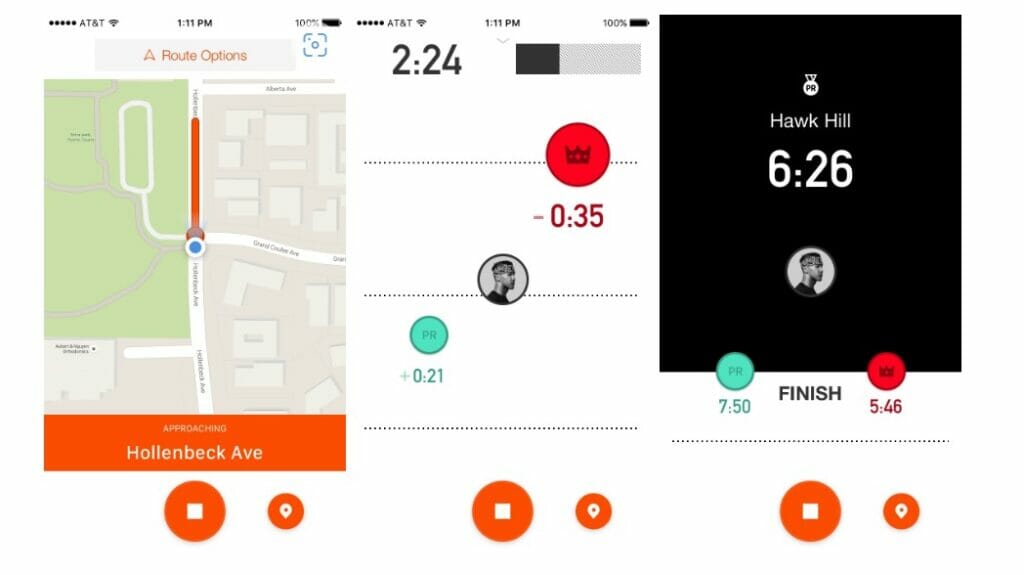
Live Segments can be used on most GPS bike computers as well as mobile devices. This means that no matter where you are, or what technology you own, Strava can still give support and push for better performance every time you hit the road or trail.
Dive into a pool of competitive riding and make sure to keep an eye out for new records that await – with Strava Live Segments by your side, there’s nothing stopping you from setting new goals and achieving them tirelessly.
15. Don’t Let Failure Defeat You
As a cyclist, I understand the feeling of being on top of the world and defying gravity with each pedal stroke.
The wind in my face, the sun beating down, and all that adrenaline pumping through my veins – it’s an incredible experience.
But when you’re out there pushing your limits day after day, sometimes it can feel like you’ve hit a wall.
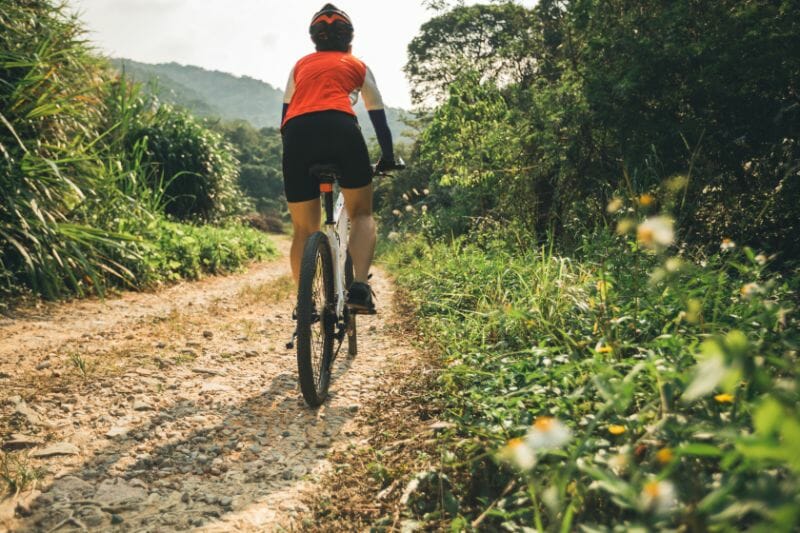
Do not give up if you did not achieve the desired result this time.
Experience is a key factor when trying to succeed at something new and every attempt will give you more knowledge and insight into what adjustments need to be made in future attempts.
Don’t let disappointment stop you from trying again, use it instead as motivation to do better next time.
If you were able to take on a new segment and complete it successfully, then you should consider this a great achievement.
It can be easy to become complacent in your victories, but keep looking for similar segments with roughly the same gradient and distance, and challenge yourself further by attempting those as well.
Your hard work will pay off eventually, the more effort you put in the better your results will become.
16. Stay Vigilant
Being careful on the roads is something that should be always taken seriously. Strava KOM hunting is supposed to be a fun activity, not hazardous.
Whenever you are cycling, always be aware of other road users and practice extra caution if there are lots of turns on a particularly busy road.
Avoid any segments with junctions such as roundabouts or crossroads, as these can be prime spots for accidents to occur.

Whilst some cyclists enjoy an adrenaline rush from tackling tricky corners and downhill segments, it is important to understand your own capabilities and not to push beyond your limits.
If you feel yourself reaching too far and putting everyone else in danger through reckless riding, then pull back and take a breather; it is important not to get caught up in the excitement of Strava KOM hunting and prioritize safety over speed.
Protective gear such as helmets and proper clothing can help reduce risk during these challenging rides.
17. Maintain Professionalism And Sportsmanship
In a world of competition, it’s inevitable that some will find ways to cheat to gain the upper hand.
Strava is certainly no exception, and we’ve seen users upload rides that were obviously done by other means than cycling, as well as people digitally manipulating their GPS files to make it seem like they’ve performed faster or better.
This kind of behavior goes against the spirit of the activity and is definitely not recommended.
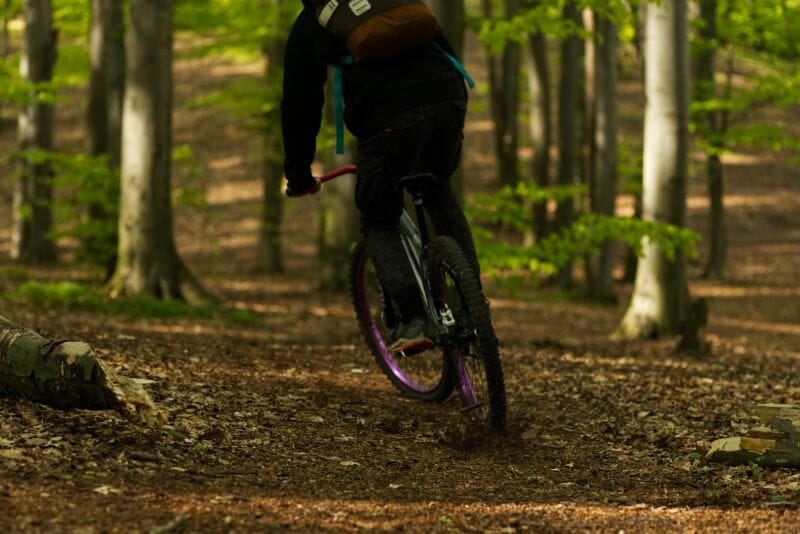
Similarly, creating segments on Strava in your back garden and then locking other competitors out so that you have an advantage for future races is also frowned upon.
This type of cheating has no place on Strava and should not be tolerated.
It takes away from the spirit of fair competition and results in an invalid recording of each user’s success. Don’t let yourself get taken in step with these actions!
18. Failure Is Not Fatal. Keep Your Head Up
If you have done your best and tried multiple times but still fail in your pursuit, do not take it too harshly.
It is just another way of testing your skills, nothing more.
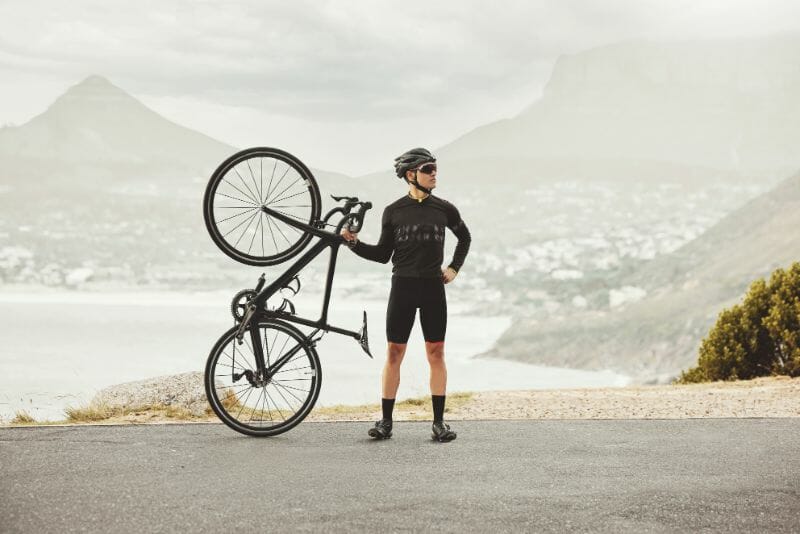
In reality, true racers will never boast about their KOM titles or brag about their achievements because such activities are generally thought of as unfitting for those on higher levels.
Instead, focus on other challenges which might suit you better.
Besides, there is a high degree of inaccuracy of Strava’s data and the leaderboard can be dominated by people with less accurate GPS devices.
Do your best not to worry if you aren’t able to beat Strava KOMs – in their eyes and yours you’ll still be the champion of something unique and special!
My Verdict
Strava KOM hunting is a great way to challenge yourself and push your limits.
It’s an adrenaline-filled activity that gives you the opportunity to test your strength, endurance, and speed on some of the toughest segments in Strava.
It can be extremely rewarding when you reach the top spot – it’s like winning a race within a race!
But as with any physical activity, make sure you’re prepared before taking on a KOM segment so you can safely enjoy this exhilarating experience. So, get out there and show ’em who’s boss and take that KOM title!





